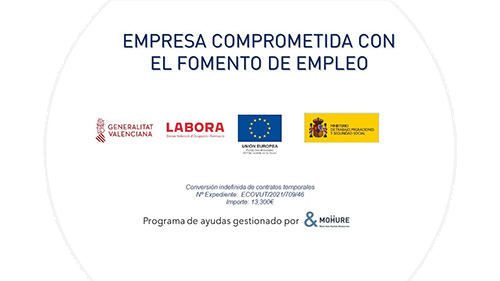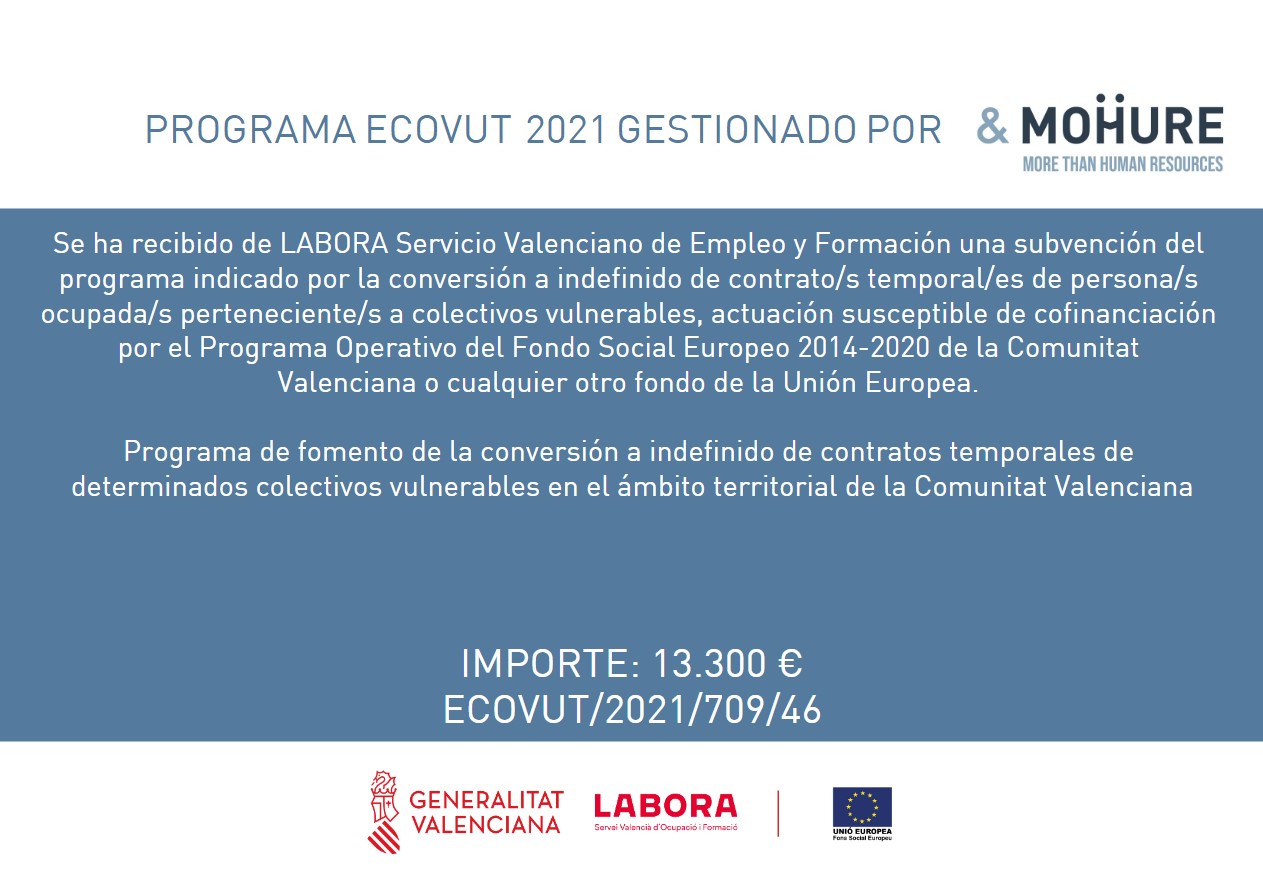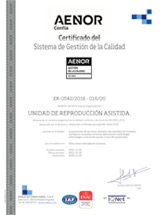In questions regarding fertility sometimes less is more. Especially when talking about treatments that are potentially invasive. Thanks to the technological advances which have been made in the field of reproductive medicine, we are able to observe something as important as the embryo’s development without the need to extract the embryos from the incubator. This represents a step in the right direction and helps to form a family, also explaining the incredible popularity time-lapse technology is enjoying within the field of assisted reproduction.
Analyzing the development of the embryo is fundamental in order to be able to monitor and analyze the progress made in this process. Especially when, thanks to this technology, it can be undertaken without the embryos leaving the incubator. The new time-lapse incubators are the perfect combination between a conventional incubator and a microscope which incorporates a high definition camera.
This microscope with a camera incorporated is what allows the embryos to develop without them having to abandon the incubator. Also, the name time-lapse comes from the form in which the images are taken, each one of the embryos is photographed more or less every five minutes and in the end, these images are joined together bringing about a short film which enables its evolution to be viewed with great attention to detail.
Advantages of time-lapse in assisted reproduction
This detail of photographing every five minutes adds a dimension that is better understood when we compare to technologies used up to the appearance of time-lapse technology. Until now, the embryo’s observation was carried out once a day for a period of three to five days which is the time present in the incubator. That is to say that at the end of this observation phase any information would be based on no more than five images.
Time-lapse in assisted reproduction allows for hundreds of images to be obtained during this three to five-day phase, up to the point of being able to create a video in which the embryo’s evolution can be observed in much more detail and precision. In addition, without the need for it to leave the incubator, which would mean altering the culture’s optimum conditions as this would place the embryo under stress.
This technology has helped to increase the success rate in assisted reproduction. Without altering the embryos culture, without causing them stress and with a lot more images from which conclusions can be made. Specialists have a lot more information and tools to find those embryos with a greater chance of implantation. This can also help in ensuring that the actual number of embryos to be transferred is greater. That’s to say, greater pregnancy rates and reduced waiting times.
The embryos do not leave the incubator. The cultures are maintained in optimum and stable conditions at all times. Any morphological defect can be detected thanks to the high definition of the images. All of this with a less invasive treatment with greater potential and with an immense capacity to help the specialists and also help consolidate and strengthen the path for those looking to start a family. An objective which is now just that bit closer thanks to time-lapse in assisted reproduction.











